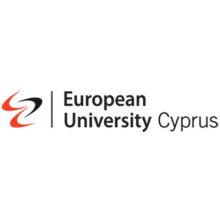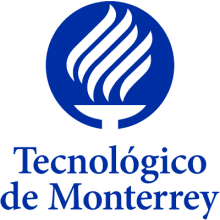About Kyoto Institute of Technology
The Kyoto Institute of Technology (KIT) began as two separate establishments: the Kyoto Craft High School (set up in 1902) and the Kyoto Sericulture Training School (set up in 1899), which merged to become the current Faculty of Engineering and Design and the Faculty of Textile Science in 1949.
KIT’s two primary focuses, design and science, are taught through the school of science and technology and the graduate school of science and technology.
The university is spread over three campuses, Matsugasaki, Saga and Kyo-Tango.
It is one of Japan’s three historical centres of textile research, along with Tokyo University of Agriculture and Technology and Shinshu University. KIT leads in innovative research specifically design and architecture-related, including the history of chashitsu (ceremonial tea spaces), the Tohgo Murano design process, the theory of sustainable housing and interaction design for human-artificial systems, among others.
KIT has established links with higher education institutes in 17 different countries, and is involved in student exchange programs with Aalto University and Lahti University of Applied Sciences in Finland. It has also organised collaborative architecture workshops with the National Superior School of Architecture Versailles, Chiang Mai University and Harvard University.
The KIT Museum and Archives was set up in 1980 to store and display art works for teaching purposes. It includes paintings, posters, sculptures, ceramics, metalwork, lacquerware and dying and weaving specimens, as well as archaeological findings. Among these is works by one of the most famous Western-style painters of the Meiji period, Asai Chu, who also taught as a professor at the school’s Faculty of Design. It now also holds exhibitions for the local public and organises projects between students and local schools.
Explore these featured universities
Explore rankings data for Kyoto Institute of Technology
Compare universities on their key stats
Key statistics
- 22%Proportion of ISR Publications(1)
- 29 : 71Student Ratio of Females to Males(1)
- 5%Percentage of International Students(1)
- 14.2No. of students per staff(1)
- 3,954Number of FTE Students(1)
- ¥2,356Finance per Student (¥000s)(2)
Subjects taught at Kyoto Institute of Technology
Arts & humanities
- Art, Performing Arts & Design
- Architecture
Engineering & technology
- Chemical Engineering
- Mechanical & Aerospace Engineering
- Electrical & Electronic Engineering
- General Engineering
Computer science
- Computer Science
Life sciences
- Biological Sciences
Physical sciences
- Chemistry










